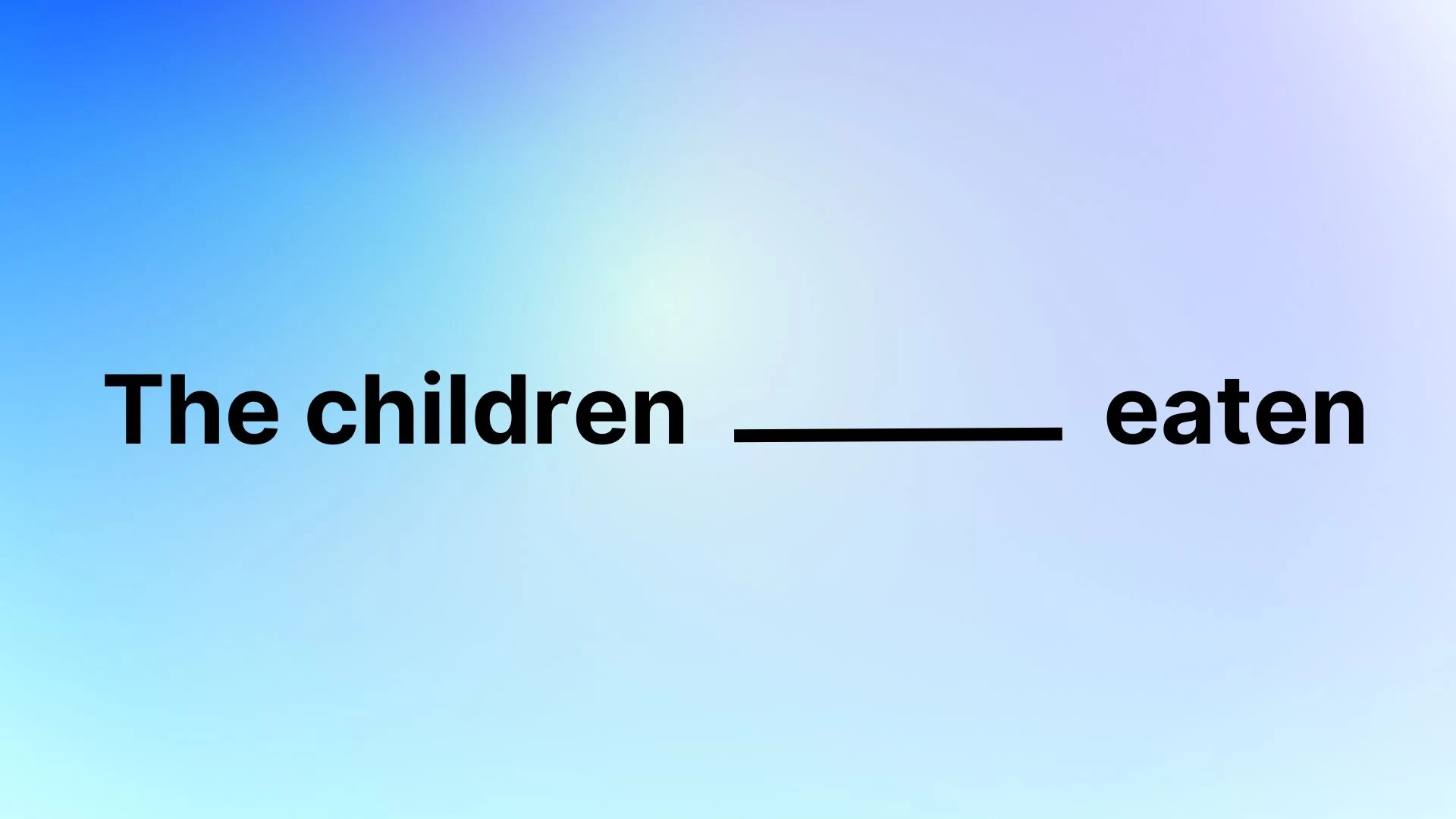Can you solve these three grammar problems?
Let’s explore the world of grammar puzzles. These puzzles present situations where you need to use your grammar skills and creative thinking. Solving these problems can keep your mind active and may even help reduce stress. There are a variety of grammar challenges to enjoy, including the one that follows. This challenge can be a little tricky and is perfect for those who are really good at grammar and pay attention to small details. As you become proficient at solving these puzzles, you gain more than just fun, you gain skills that will be useful in many aspects of your life. Although the puzzles may seem difficult at first, your goal is to find a solution that follows the rules of grammar precisely and reveals the puzzle’s hidden secrets. In the next section, we’ll explain this syntax dilemma in detail and show you how to solve it.
- Observation Find it Out: If you have Sharp Eyes Find the number 20 among 40 in 20 Secs
- Brain Teaser: If You Have Hawk Eyes Find The Bat Among the Bot in 15 secs
- Brain Teaser: Can you Guess the Word in this Emoji Puzzle?
- Observation Brain Challenge: If you have Hawk Eyes Find the Number 78 in 15 Secs
- Brain Teaser: 3-5=12 Add 2 Matchsticks to Fix the Equation | Matchsticks Puzzle
1. The children ___ ate
You are watching: Can You Solve these Three Grammar Questions?
The use of the word “have” in the sentence “the children have eaten” indicates that the action of eating was completed in the past and is connected to the present. Grammatically, “have” is an auxiliary verb used to form the present perfect tense. You use this tense when you want to express that an action occurred at some unspecified time in the past. So, in this sentence, it tells us that the children finished their meal at some point before the current moment. This is a way of saying that eating is relevant to the present and that children are no longer hungry.

See more : Brain Teaser Math Test: If 444=9, 555=36, 666=81, 777=9 What is 4567=?
2.They are going to play ball tomorrow
The phrase “will be” is used in the sentence “They will play tomorrow” to express an action that is expected to occur in the future (especially tomorrow). Grammatically, “will be” is a combination of the modal auxiliary “will” and the base form of the verb “be”. This structure is called the future continuous tense and is used to describe an action or event that will occur at a specific point in the future. So, in this sentence, it tells us that “they” are going to do the activity of playing, and that the activity will take place tomorrow. This is a way of indicating future actions that will take place at a specific time.

3. Did you ___ his car?
“Have you driven his car?” The word “drive” is used in the sentence. Ask about specific actions someone may have taken in the past. Grammatically, “drive” is the base form of the verb used in the simple past tense to ask if someone operates or controls a vehicle, in this case “his car.” The sentence structure involves the auxiliary verb “did”, which is often used to form questions in the past tense. So, when someone asks, “Did you drive his car?” they are looking for information about whether that person has operated a vehicle belonging to someone else at some time in the past.

What is the result of the expression 360 ÷ 12 + 9 x 2 – 18 ÷ 3=?
To solve this equation, apply order of operations. Division and multiplication proceed from left to right: 360 ÷ 12 equals 30, and 18 ÷ 3 equals 6. The equation now becomes 30 + 9 x 2 – 6. Next, perform multiplication and addition/subtraction from left to right: 9 x 2 equals 18, and 30 + 18 equals 48. Therefore, the solution is 48.
Looking for mental stimulation? NEWSTARS Education has a collection of puzzles designed for quick challenges and in-depth exploration. Find the perfect brainteaser to suit your time and mood!
trend
Can you calculate 216 ÷ 9 + 6 x 2 – 12 ÷ 2=?
For this issue, please adhere to the order of operations. Division and multiplication are performed from left to right: 216 ÷ 9 equals 24, and 12 ÷ 2 equals 6. The equation simplifies to 24 + 6 x 2 – 6. Now, perform multiplication and addition/subtraction from left to right: 6 x 2 equals 12, and 24 + 12 equals 36. Therefore, the solution is 36.
Disclaimer: The above information is for general information purposes only. All information on this website is provided in good faith, but we make no representations or warranties, express or implied, as to the accuracy, adequacy, validity, reliability, availability or completeness of any information on this website.
Source: https://truongnguyenbinhkhiem.edu.vn
Category: Brain Teaser
